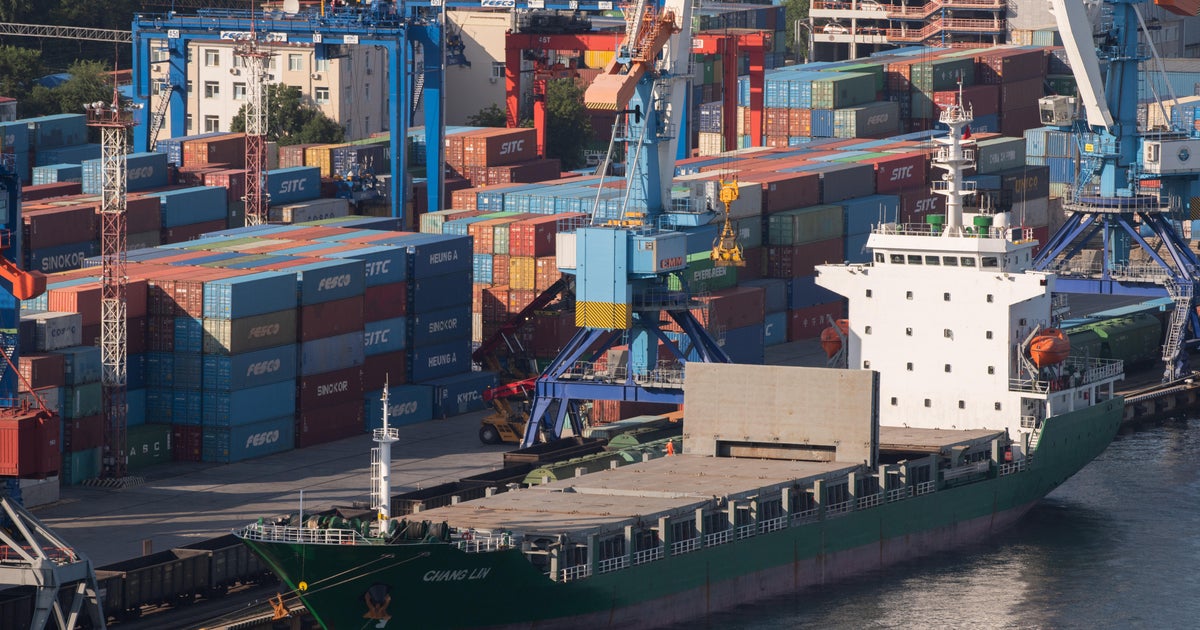Remains of SS Mesaba, ship that sent iceberg warning to Titanic, found lying in the Irish Sea
The remains of the SS Mesaba, the ship that sent an iceberg warning to the doomed Titanic, have been found lying in the Irish Sea.
Researchers announced Wednesday that a team from Bournemouth and Bangor Universities discovered the remains of the merchant steamship SS Mesaba, which was torpedoed in 1918 by a German submarine while traveling from Liverpool to Philadelphia. The ship sank in St. George's channel, killing 20 people aboard, including the Mesaba's commander.
Six years prior to its sinking, the merchant ship had crossed the Atlantic in 1912 and sent a radio message warning the RMS Titanic of ice in the waters of the North Atlantic. That warning was received but never made it to the Titanic's bridge, according to the researchers who found the Mesaba's remains. The Titanic later that night it hit an iceberg and sank during its maiden voyage from England to New York, leading to the deaths of more than 1,500 people.
Researchers were able to locate the ship's wreckage using multibeam sonar technology on their research boat Prince Madog, which maps sea beds and captures detailed sonar images, the group said.
Multibeam sonar sensors are a type of sound transmitting and receiving system that work by transmitting a sound pulse through a transmitter at a specific frequency, and then receiving that same pulse through a receiver placed very close to the transmitter, according to the National Oceanic and Atmospheric Administration.
The SS Mesaba was just one of 273 shipwrecks, which includes trawlers, cargo vessels and submarines, that were found lying in 7,500 square miles of the Irish Sea. The wrecks were scanned and cross-referenced against the U.K. Hydrographic Office's database of wrecks and other sources, researchers said.
Dr. Innes McCartney, who worked on the project while at Bournemouth University and published his findings in his book "Echoes from the Deep," said multibeam sonar technology is a cost-effective "game changer" that should be of key interest to marine scientists and historians.
"The results of the work described in the book has validated the multidisciplinary technique employed and it is a 'game-changer' for marine archaeology," he said. "Previously we would be able to dive to a few sites a year to visually identify wrecks. The Prince Madog's unique sonar capabilities has enabled us to develop a relatively low-cost means of examining the wrecks. We can connect this back to the historical information without costly physical interaction with each site."



